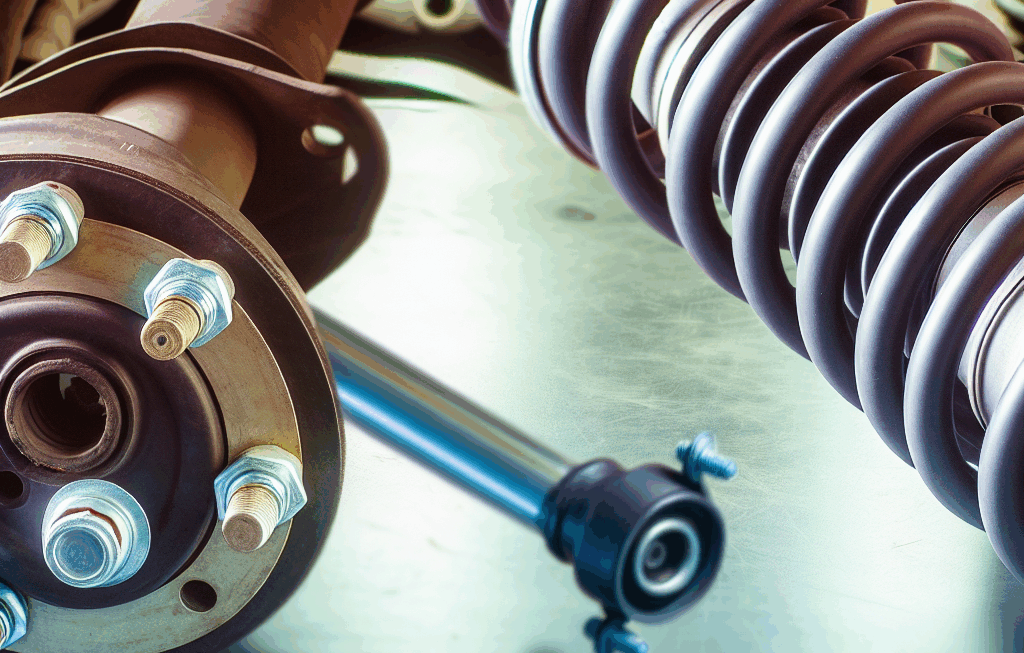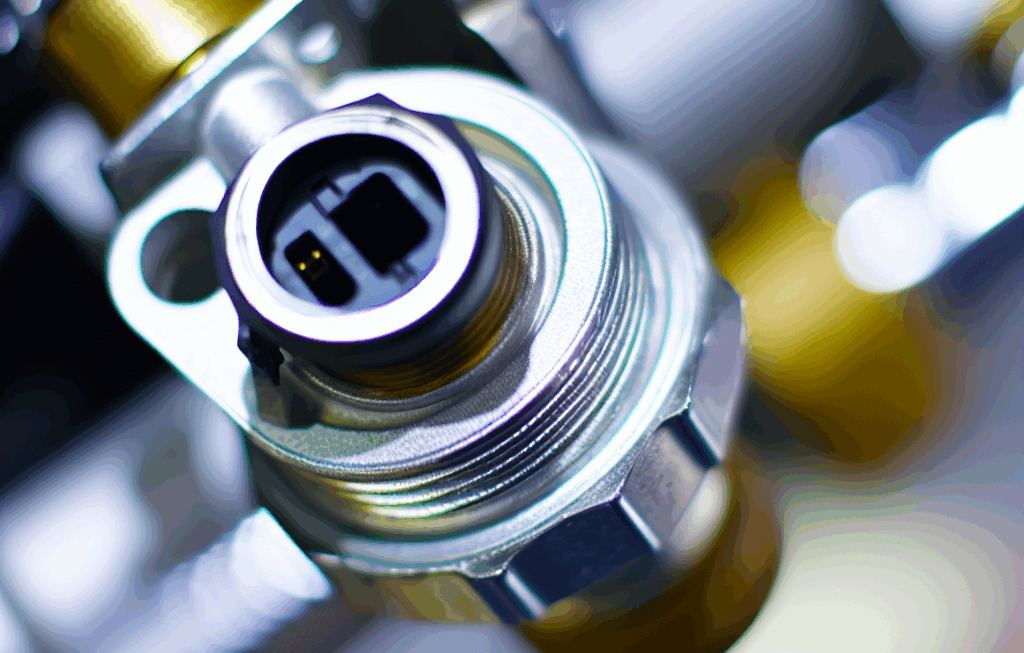Shock Absorbers vs. Struts: Key Differences and When to Replace
When it comes to the suspension system of your vehicle, shock absorbers and struts play a crucial role in ensuring a smooth and safe ride. While both components are designed to dampen the impact of bumps and uneven road surfaces, there are key differences between them that every car owner should be aware of. In this article, we will delve into the distinct functions of shock absorbers and struts, highlight their differences, and discuss when it is time to replace them.
Function and Structure
Shock absorbers and struts are both essential components of the suspension system in a vehicle, but they serve different functions. Shock absorbers, also known as shocks, are designed to absorb and dampen the impact of bumps and road irregularities. They work by converting the kinetic energy generated by the up-and-down motion of the wheels into heat, which is then dissipated. This process helps to maintain stability and control while driving.
On the other hand, struts are more than just shock absorbers. They are a structural part of the suspension system and provide support for the vehicle’s weight. Struts also serve as a pivot point for the steering system, helping to maintain proper wheel alignment. In addition to damping the motion of the springs, struts play a critical role in ensuring the overall stability and handling of the vehicle.
Key Differences
One of the main differences between shock absorbers and struts is their structural design. Shock absorbers are standalone components that are installed separately from other suspension parts. They are typically found on the front and rear wheels of a vehicle and work in conjunction with other components, such as springs and control arms.
Struts, on the other hand, are a more integrated part of the suspension system. They combine the functions of a shock absorber and a structural support component into one unit. Struts are usually found on the front wheels of a vehicle and are connected to the steering system, making them more complex and expensive to replace than shock absorbers.
When to Replace
Knowing when to replace your shock absorbers or struts is crucial for maintaining the safety and performance of your vehicle. There are several signs that indicate it may be time to replace these components. If you notice excessive bouncing or swaying, uneven tire wear, or a harsh ride over bumps, it could be a sign that your shock absorbers or struts are worn out and in need of replacement.
Another indicator that your shock absorbers or struts need to be replaced is leaking fluid. Shock absorbers and struts contain hydraulic fluid that helps to dampen vibrations and impacts. If you notice oil leaking from these components, it is a clear sign that they are no longer functioning properly and should be replaced as soon as possible.
Conclusion
In conclusion, understanding the key differences between shock absorbers and struts is essential for maintaining the safety and performance of your vehicle. By knowing when to replace these components and recognizing the signs of wear and tear, you can ensure a smooth and comfortable ride while extending the lifespan of your suspension system. Remember to regularly inspect your shock absorbers and struts and consult with a professional mechanic if you suspect any issues with these critical components.



